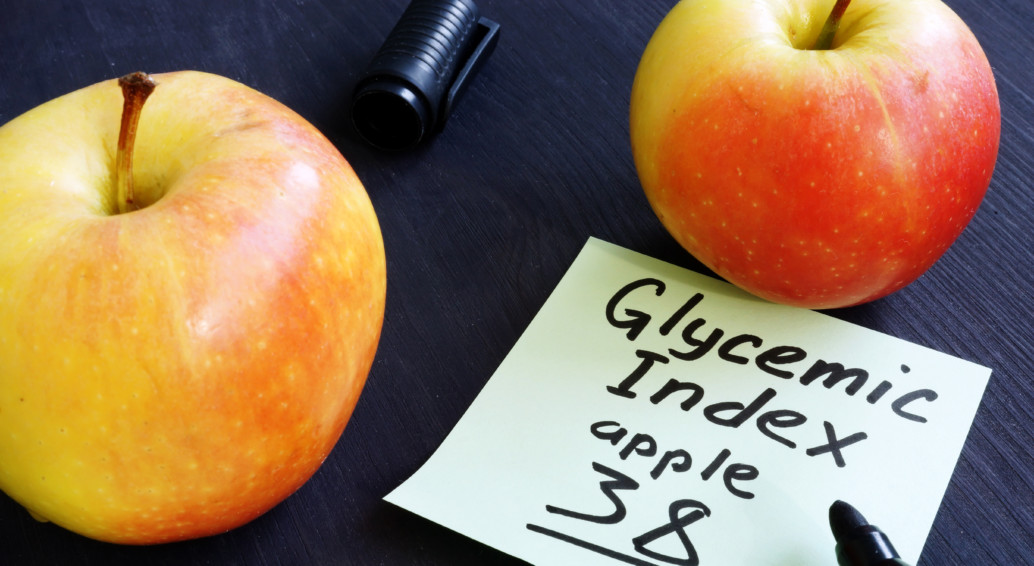The Glycemic Index

What is the Glycemic Index?
The glycemic index, simply put, is a measure of how quickly a food causes our blood sugar levels to rise.
The measure ranks food on a scale of 0 to 100. Foods with a high glycemic index, or GI, are quickly digested and absorbed, causing a rapid rise in blood sugar. These foods that rank high on the GI scale are often — but not always — high in processed carbohydrates and sugars. Pretzels, for example, have a glycemic index of 83; and a baked potato without the skin clocks in at 98.
Meanwhile, foods with a low GI are digested and absorbed at a slower rate, and, subsequently, cause a slower rise in blood sugar levels. These are typically rich in fiber, protein and/or fat. Examples of these include apples with a glycemic index of 28, Greek-style yogurt at 11, and peanuts at 7. Keep in mind that a low GI doesn’t mean a food is high in nutrients. You still need to choose healthy foods from all five food groups.
Diets centered on mostly low-GI foods can make it easier to achieve and maintain a healthy weight, since these foods keep us feeling fuller, longer. Low-GI diets also have been shown to improve insulin resistance, and lower glucose, cholesterol and triglyceride levels in people with type 2 diabetes.
One exception to the recommendation of a mostly low-GI diet is after intense or prolonged exercise. Consuming high glycemic foods can actually be more beneficial for muscle recovery, since they’re rapidly digested.
Glycemic Index: An Imperfect System, but Useful Tool
A food’s GI ranking only applies when a food is consumed on an empty stomach without any other type of food. As anyone who’s ever eaten food knows, this isn’t always how we eat. Sure, a bag of pretzels may be a stand-alone snack, but how often do we eat just a plain potato with nothing else?
Add a lean steak or a piece of salmon, a side of broccoli and a salad with vinaigrette, and the protein, fiber and fat all will serve to lower the glycemic index of the meal.
In addition, the glycemic index doesn’t take into account how much we’re actually consuming. The GI value of a food is determined by giving people a serving of the food that contains 50 grams of carbohydrate minus the fiber, then measuring the effect on their blood glucose levels over the next two hours.
A serving of 50 grams of carbohydrate in one sitting is reasonable for a food such as rice, which has 53 grams of carbs per cup. But for beets, a GI ranking of 64 is a little misleading. Since beets have just 13 grams of carbs per cup, we would need to consume nearly 4 cups of beets in order to cause that spike in blood sugar levels.
An Alternative to Glycemic Index
Glycemic load, or GL, is a formula that corrects for potentially misleading GI by combining portion size and GI into one number. The carbohydrate content of the actual serving is multiplied by the food’s GI, then that number is divided by 100. So for a cup of beets, the GL would be: 13 times 64 = 832 divided by 100 = a GL of 8.3.
As a frame of reference, a GL higher than 20 is considered high, between 11 and 19 is considered moderate, and 10 or less is considered low.
The bottom line: Even though the glycemic index isn’t a perfect system, it can be a useful tool to identify lower-glycemic foods that often are more nutrient-dense, as well as what foods are higher in refined carbohydrates.
Source: eatright.org